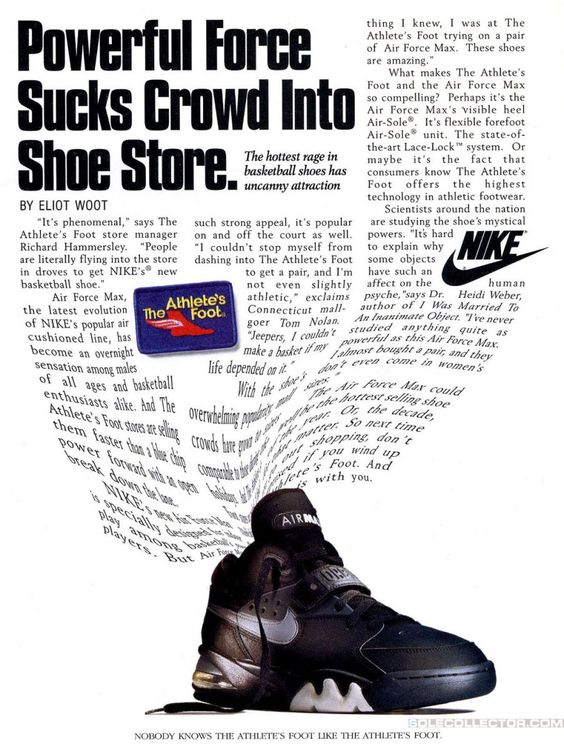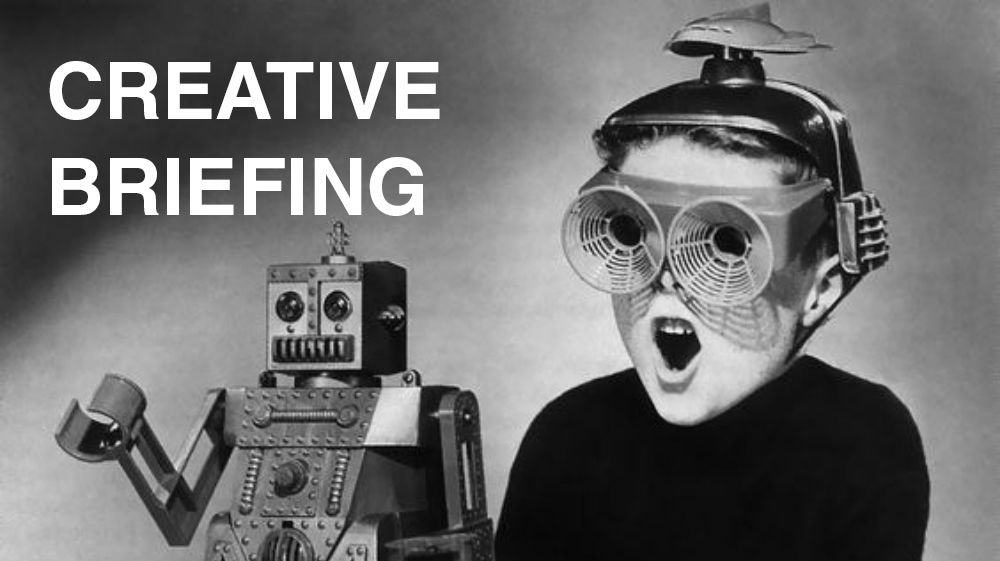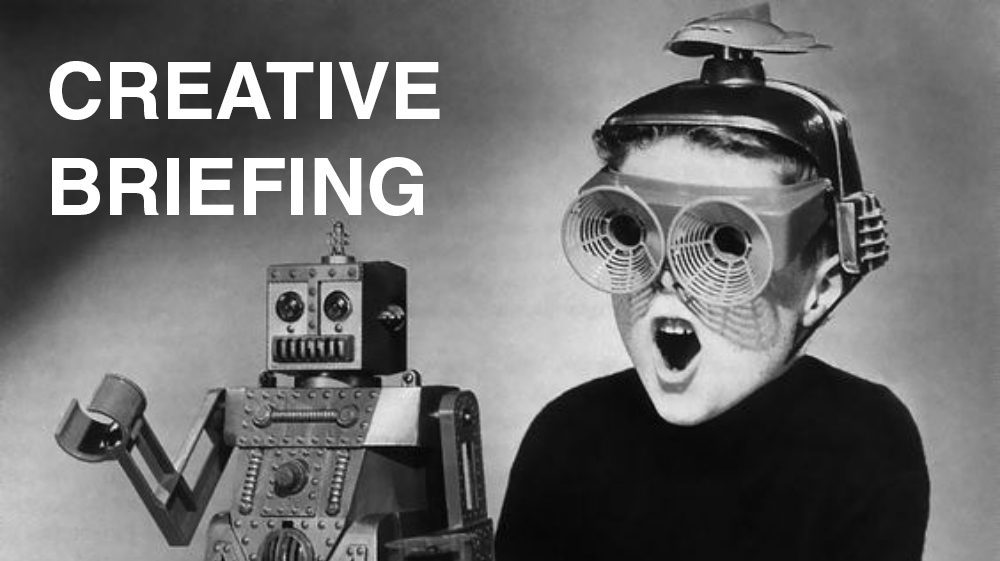If you have completed more than one project, you do not need any extra evidence of the importance of creating a brief and its possible impact on the success of the project.
But we are humans, and people feel better when they realize that their problem is not one of a kind. What is more, we feel even more comfortable when we co-operate to resolve common issues. The idea of cooperation is central for writing a good initial brief that will help you improve the quality of your product or service in the future. How do you do it, though? Let’s see.
Warning: we do not provide free creative brief templates on this page, but we do provide knowledge on how to create one and avoid a problem called “wasted time”. For free design brief templates, you can visit our article on the step-by-step process of creating the perfect design brief.
Table of contents:
The Problem of Great Creative Brief
Developing a collaborative tool for creative project management, we at Approval Studio conducted a survey among creative industry managers from around the world. The purpose was to identify the reasons why graphic design projects fail. Having analyzed all the replies, we discovered most of the problems appear at the stage of the creative briefing – one of the key elements of a design project. Here are the most widespread formulations:
- Lack of clarity in what is expected or scope of creep.
- Lack of specificity and clarity with key messages. Agencies need to ask clarifying questions to root out what’s behind a client’s concern or issue.
- Not gathering enough background information.
The Brief Mockup
Experienced creative directors know the following simple truths:
- According to the CEO from 72andSunny John Boiler, “A brief is a great starting point and after that, it keeps changing’’. The brief can never be complete and full. This is the definition of creative process – the process of the invention that never ends. And in such a case it is a work with uncertainty”.
- The client should be asked the questions, the answers to which will help, at least, to begin the problem studying. David Rockwell – CEO Rockwell Group stated – stated, “Brief is a communication tool from the client and developed with a client”. According to the results of the first insights, the creative director should increase the understanding of the project and the task during the invention of the design.

What for do we need a good creative brief?
We have spoken to more than a hundred creative professionals to establish what for they use briefs. Here are three main components:
- Defining a project goal. Sometimes keeping simple and focused on what the ending goal of the project is becoming quite a daunting task. When you are trying to understand what your client needs, many interpretations and ambiguities might stand in the way – sometimes caused by client’s uncertainty, sometimes by your overthinking. In reality, the only thing you need to define a goal is one sentence, and the rest becomes unnecessary information that should be filtered out. “This banner will announce our product X at CES” – a simple example of how it should sound.
- Diagnosing the problem. To understand what is standing in the way of reaching a defined goal, you have to ask the right questions. Who is the target audience of the project? What is the message your design should give? If you do not have a single answer, it is better to prioritize between variants and choose the most important one. Where and how do you want to place your design? Banner on the streets demands a different approach from that of a medicine package.
- Narrowing design exploration. Before you start working on your design, you have to consider numerous possibilities and outcomes that are still there after the first two steps are completed. You have to analyze them all critically to see what’s effective and valuable. First, establish the creative parameters with your client. It is important to avoid general stuff here, like “I want it to be awesome/epic/cool” and etc. Be precise, give some examples, put it all as simple and specific as it can be. Then, ask the client how the final decision on your work is going to be made, what the main criteria of evaluation are. You’ll be surprised how useful the answer will prove later.
Useful tools are as pivotal to a successful design as a strong creative brief. After the briefing stage, when your team is working on the first drafts, it is important to make sure that your work goes in the same lane with the brief. Thus, we have a review tool for you that will help you keep the design process straight to the point and handle further creative requests with its annotation and versioning possibilities. Check it out – I promise you’ll like it!
7 ingredients to build an effective creative brief template
The brief should become a guide for you, a map with a defined route you take to complete the project. If done right, it might save you from a lot of trouble. Here are 7 crucial components and best practices of an optimized creative brief:
- Client information.
It is absolutely necessary to specify the stakeholders, their contact details, and a general overview of what their company is up to. Might become handy somewhere mid-project should you have any questions or look for necessary information. - A creative brief overview.
Here should be the analysis of the market you are working with, the current client’s situation, all problems, and opportunities. It provides your creative team with the context, necessary to start moving in the right direction. - Creative brief’s clear objective.
Remember the “Defining a goal” part with its one sentence? Here is a place for it. - The target audience of the project.
This is where you start diagnosing the problem. Building the image of the market segment you are working with demands a lot of accurate statistics. Do not rely on it exclusively, though; to hit the market from the right side, you have to analyze all the relevant information available and find the spots to push, ideas on how to present the project to your audience. - The main message.
What is the great idea you want to convey? Why do you believe it will call people to action? What are the benefits? What is the tone of your message? Remember to narrow your ideas, keep everything as simple and clear as possible. If you’re working on a new wash machine powder – write how delicate it is with laundry and how aggressively it targets and removes stains. Make it special, though, it should stand out from the crowd of competitors. By the way, about competitors… - Additional information.
Here you should mention everything relatable to the project, starting with competitors and ending with the sources of inspiration (which sometimes, frankly, might be the same thing). Any research information on previous campaigns or experiences will be of use as well. - Schedule, specs, and budget.
When do things need to be done? What size should the artworks be? Which format? How much will it cost? Such technical information can often be lost in the workflow, so having everything noted down from the very beginning is a good idea.
The Nike Lessons
Did you know that Nike’s most iconic “Just Do It” slogan was inspired by the last words of a convicted murderer, Gary Gilmore, who said, “Let’s Do It”? No? We neither.
But what we did know is that before the “Just Do It” campaign started in 1988, Nike and its creative team were going through times as tough as those of the convicted. The Nike brand was only speaking to a narrow range of male athletes in competitive sports arenas, while Reebok had already created aerobic shoes for fitness women. Sales were down, Nike had just laid off 20% of their workforce at that time. That was when a newly hired company’s Director of Advertising Scott Bedbury and Director of Marketing Insights & Planning Jerome Conlon held the ad brief that was destined to become a historic event in the marketing industry.
The radical situation demanded radical solutions. Before, Nike had been focusing mostly on elite athletes in highly competitive sports, viewing them as a pinnacle of influence pyramid. Obviously, that approach wasn’t working, and Mr. Bedbury and Mr. Conlon decided to shift the perspective. Instead of professionals, they chose to target average customers and emotions that sports gave them. The uplifting and joyful ‘something’ 150 million people in America felt every day because of sports was the right trigger for Nike to use. Not only did they do that – they became the symbol of that raw, true emotion, of everything that was great about the experience of sports and fitness.

The discussion and brief were based on a very simple approach, voiced by one of the company’s co-founders, Bill Bowerman: “everyone has a body and is, therefore, a potential athlete.” Here are all our three briefing points packed in one sentence – what the company needed to do is to make everyone feel the same way. This purpose became brand’s positioning platform, and together with internal awareness of the state of the brand, core brand values, and business purpose, it led Nike to “Just Do It” campaign, that was launched in the spring of 1988. Here is one of the first ads within it, by the way. After you check it, you will realize one more thing: the campaign will hardly ever die out simply because it can be renewed and re-interpreted easily over decades and decades. Inspiration cannot get old – an example of Nike should take its rightfully deserved place not only in the fitness niche but also in marketing.
Problems that design managers face during the briefing
It is obvious that there are more opinions than people in the world. We decided to use social media and ask creative design and marketing team members from all around the world about the most common and itching briefing issues they have experienced. Here’s what they have to say:

Freek Wallaard, ahead of DESIGNLADDER brand claims that his biggest problem he faced during the briefing is lack of time at the client’s side and incapability on company’s side to get a complete brief they both 100% should agree upon. Usually, clients are international, and it is impossible to visit them personally. This may end up with something client ‘did not ask for’.

Shyam Sekhar Menon, a project manager at Studio Munge, makes a point on clients who, setting requirements on the future project, are unsure about quality and budget challenges they may face. They state expectations but do not consider their budget limitations during the briefing. As a result, this causes major revisions during the course of design.

Oliver Jones, a freelance packaging designer, finds it frustrating when clients don’t know what they want but they know what they don’t like. The main hardship in such a case is ‘making them understand the design process in a friendly and informative way’. Oliver says that creativity can take time and they always seem to say that there is a limited budget to spend. ‘They don’t see the value in investing in creativity, I think it’s because they don’t know what goes into the design process. It’s hard to educate them.’

Robin Taylor, a creative talent and packaging designer, and director at “Pactivate” was precise and laconic, ‘Often the brief itself is a problem! Followed by deadline, expectation, and clarity of information’

Lana Zuna thinks that the biggest challenge is to have all the necessary people present during the briefing. According to her words, not having the right stakeholders/resources from the client’s side may easily increase the cost/time of the project. ‘Having the right people can optimize project cost, projects timeline and save both parties resources’, states Lana.

Diego Andrade’s biggest problem during creating a brief outline is to understand what his client really wants to solve. Diego is a project manager at Grupo Apemar, and according to him, customers usually do not even know the origin of the problem. Since this is crucial, such situation requires the design manager to extract more info at a subconscious level by going through every possible issue with a client.

Daniela Katalina Ariza Lopez, a lead project manager at Onho Design, defines the problem during the creative briefing which is similar to Diego’s. She says that clients are often unaware of every aspect of their production process and do not have defined work stations. It makes both briefing and finding solutions slightly difficult.

Moon Arandia, a project manager at Opinion Exchange, adds that brands often send plain briefs without any additional information. This forces design company to guess what they really want to solve.
A short film about a strong creative brief and its importance
To conclude, we have a documentary film for you about a creative brief process for a successful marketing campaign. Authoritative people in the design industry, such as Frank Gehry (Founder Gehry Partner), Yves Béhar (CEO Fuseproject), Maira Kalman (Illustrator), etc., discuss briefing and explain how they used briefs in their experience. Long story short, better design briefs provide exceptional desired results afterward, and it shows in your final product. So, grab your popcorn and enjoy the movie night! And, naturally, if you need help in your post-briefing design project phase, Approval Studio is always here to help!

 TEAM SOLUTIONS
TEAM SOLUTIONS

 WORKFLOW SOLUTIONS
WORKFLOW SOLUTIONS

 REVIEW TOOL
REVIEW TOOL PROJECT MANAGEMENT
PROJECT MANAGEMENT TOOLS & INTEGRATIONS
TOOLS & INTEGRATIONS CLIENT INTERVIEWS
CLIENT INTERVIEWS








![660376[1] 660376[1]](https://approval.studio/wp-content/uploads/elementor/thumbs/6603761-qdggwcisb076f7x5giotppxq66kg87ehjuo5mdrd3y.png)

